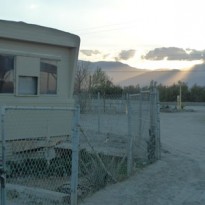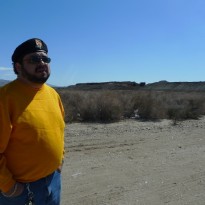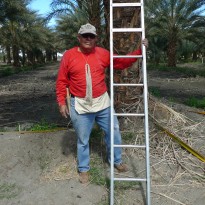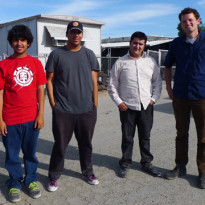
Southern California’s Coachella Valley is a study in contrasts. To the West lie Palm Springs and other desert resort towns. But it’s farms, not golf courses, that dominate the Eastern Coachella Valley. Here, the land is rich, but most of the people are not. It’s home to an estimated 15,000 farmworkers, for whom housing has always been a problem. Though the county and housing non-profits built thousands of permanent homes, thousands more families are still on waiting lists. Mobile home parks have become the defacto solution.





